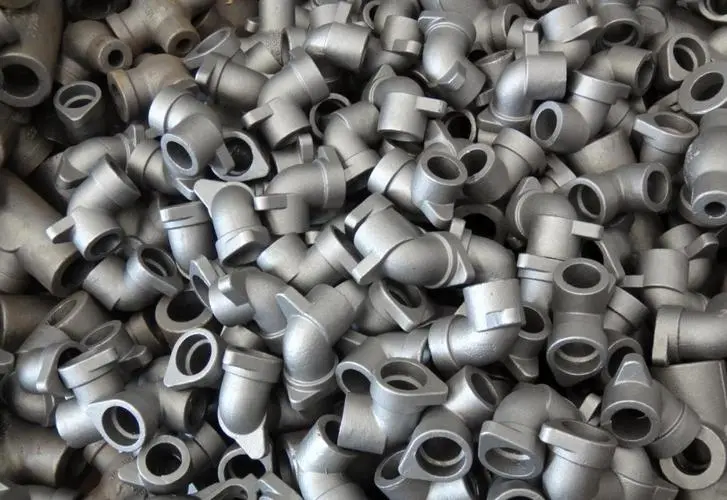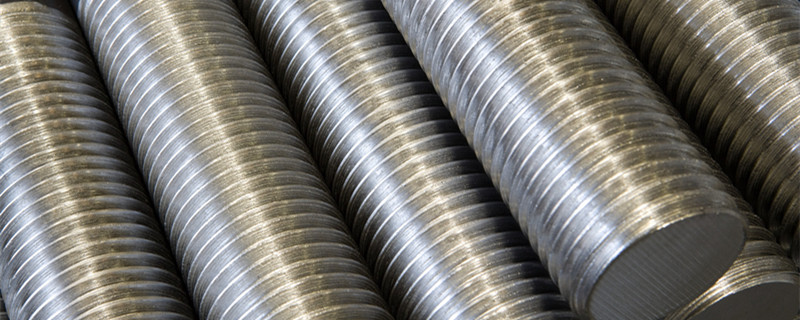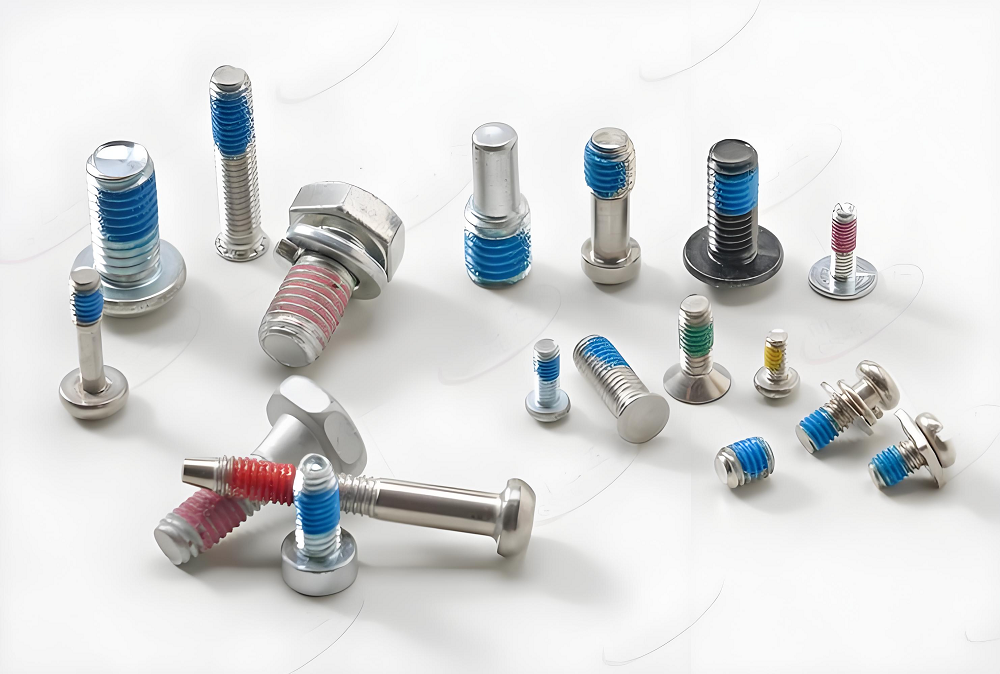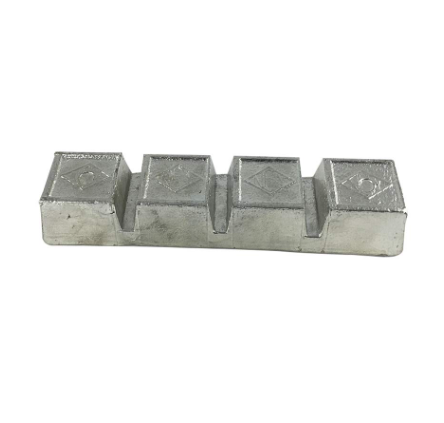Malleability and ductility are related terms and are important for selecting materials in manufacturing. To understand ductility and malleability, today we’ll delve deeper into their definitions, differences, examples of metals, measurement, calculation, and some frequently asked questions.

What Is Ductility?
Ductility is a physical property that measures the ability of a material to withstand significant plastic deformation before fracture. Knowing the ductility of materials is essential when the manufacturing process or applications have the corresponding requirement. Platinum, gold, copper, aluminum, and polymers are typically described as some of the most ductile materials, as they can experience plastic deformation. These materials exhibit excellent ductility because their face-centered cubic (FCC) crystal structure allows their atoms to form metallic bonds and slide past one another easily under stress. This structure creates a flexible lattice where electrons from each atom are free to flow through. So they can deform and even be stretched into thin wires without breaking. Temperature also improves their ductility up to a point, as heat reduces resistance to atomic movement. If quantitative evaluation of ductility is required, the percent elongation at break is the parameter that quantifies how much a material can stretch under tensile stress before failure.
Why Ductility Is Important in Metal Fabrication?
The ductility of metals determines its metal fabrication or manufacturing process. For example, materials with low ductility are not suitable to be produced through metal forming processes like hammering, rolling, drawing, and extruding, while casting or thermoforming is a better option, because brittle metals will crack or break under stress.
Material Ductility Chart
What are ductile materials used for? Ductile materials are usually used to create electric wires, water pipes, the construction of aircraft frames, bridges, automotive body panels & engine components, medical orthopedic implants, dental crowns, packaging containers and cans, gold & silver jewelry, and applications where high ductility is needed to make sure the components can withstand force.
| Material | Ductility (% Elongation) |
|---|---|
|
Tantalum |
Up to 200% |
|
Copper |
25–60% |
|
Aluminum |
17–40% |
|
Silver |
20–40% |
|
Brass |
10–45% |
|
Nickel |
17–40% |
|
Steel |
4–40% |
|
Gold |
20–30% |
|
Platinum |
15–25% |
|
Iron |
10–30% |
|
Bronze |
10–20% |
|
Zinc |
1–7% |
|
Lead |
Up to 1% |
|
Wood |
Very low, brittle |
|
Clay |
Very low, brittle |
How to Measure and Calculate Ductility?
Percentage elongation at break
This is the most widely used method to measure ductility. A higher percentage elongation value indicates greater ductility. A tensile test is performed on a standardized specimen with a known initial material length (L0). After the test, the final material length after fracture (Lf) is measured. The percentage elongation is calculated using the formula [(Lf – L0) / L0] × 100%.
Percentage reduction in area
During the tensile test, the cross-sectional area of the specimen reduces due to plastic deformation. The initial cross-sectional area (A0) and the minimum cross-sectional area at the fracture point (Af) are measured. A higher percentage reduction in area value indicates greater ductility. The percentage reduction in area is calculated as [(A0 – Af) / A0] × 100%.
What Is the Ductility of Aluminum?
When we talk about the ductility of some common metals used in CNC machining, aluminum is recognized for its good ductility, which makes it ideal for making aluminum foils, beverage cans, auto parts, and structural beams. Aluminum is one of the most produced non-ferrous metals on earth. Classified as the sixth most ductile metal, aluminum can be transformed into extremely thin sheets or drawn into fine wires. So, stamping and extrusion are both great aluminum forming processes. Pure aluminum is a highly ductile metal, but its alloy has lower ductility. The ductility of aluminum alloys can be changed by applying different heat treatments, which typically increase the hardness and thereby reduce their ductility compared to their annealed state. Here is the elongation at break in 25°C for different aluminum alloys.
- Aluminum 3003: 40% (Annealed), 16% (H14)
- Aluminum 5052: 30% (Annealed), 18% (H32)
- Aluminum 6061: 30% (Annealed), 17% (T6)
What Is Malleability?
Malleability is a physical property that defines the material’s ability to be shaped or molded into various forms without breaking under compressive stress, which is the primary difference from ductility. Malleability is important for selecting metals used in sheet metal fabrication, as it allows the metal to be easily formed and reshaped through compression and stretching techniques. When metals like copper, tin, lead, and steel exhibit malleability, being able to change form when compressed, they can be rolled out into sheets, drawn into wires, and even reshaped without damaging the continuity of the metal particles.
Is Malleability a Metal or a Nonmetal Property?
Malleability is generally a metal property; metals are typically considered malleable materials, they can deform into different shapes with no breakage, while nonmetals such as wood and plastics are not malleable. Malleability also describes the ability to bend and return to its original shape.
Why Are Most Metals Malleable?
How their crystal structure and atoms are bound together gives most metals ductility and malleability. Atoms can roll to new positions without breaking metal bonds. Therefore, metals can deform without breaking when subjected to compressive stress. However, not all metals have ductility and plasticity.
How to Test Malleability?
There are no standardized quantitative tests to measure malleability. Here are some common methods to assess and compare the malleability of materials.
- Hammering or forging test. Place the material sample on an anvil or a sturdy surface. Then, repeatedly strike the sample with a hammer or forging tool. Observe the degree of deformation or flattening, whether there are cracks or fractures.
- Rolling or pressing test. Pass the material sample through a rolling mill or press. Observe the degree of thickness reduction or flattening when there is no cracking. Malleable materials can reduce thickness greatly without fracturing.
- Bend or folding test. Bend or fold a sample of material, usually in the form of a thin sheet or metal wire. If a material can withstand multiple bends or folds without failure, it is considered to have high ductility.
Examples of Ductility and Malleability
Ductile Metals
Most metals are examples of ductile materials, including gold, silver, platinum, copper, nickel, niobium, tantalum, etc. While some metals are not very ductile, nonmetals are not generally ductile.
Malleable Metals
The malleable metals examples are gold, lead, silver, aluminum, copper, nickel, iron, sodium, calcium, etc.
Which is both malleable and ductile? About these two properties, gold and silver are both highly malleable and ductile metals. But a malleable material may not be ductile; for example, lead has a high malleability but low ductility.
Ductility vs Malleability – Difference Between Malleability and Ductility
Malleability and ductility are both properties related to the formability of metals, but they differ in the specific ways a material can be shaped. Malleability is the ability of a material to be flattened or compressed without breaking, so malleable materials are often rolled into thin sheets or pounded flat using tools like a hammer. In contrast, ductility works with tensile stress, so ductile materials can be stretched into wiring. The working stress also affects the testing and manufacturing methods of different materials. Ductility is typically measured by tensile tests, where a specimen is subjected to increasing tensile stress until it fractures. The percentage of elongation or reduction in cross-sectional area is used to quantify ductility. Malleability is often assessed qualitatively by observing the material’s ability to deform under compressive stress.
Knowing the difference between ductility and malleability is important. For example, while gold is both highly malleable and ductile, some metals are not. Lead is highly malleable but brittle when stretched, limiting its use in applications requiring elongation.







